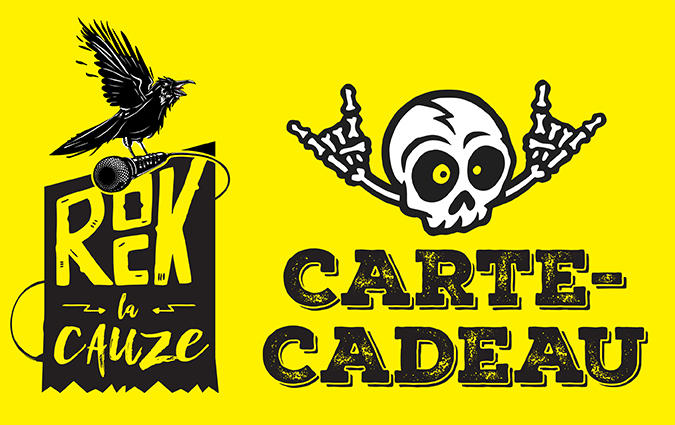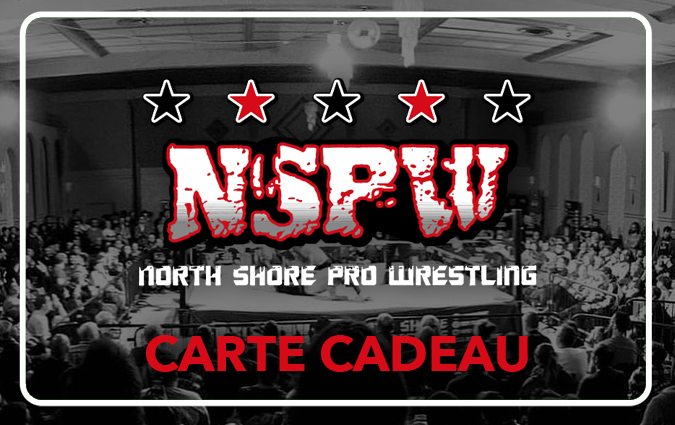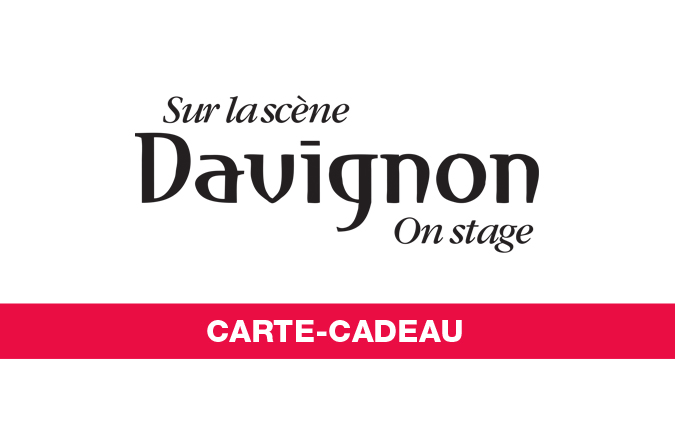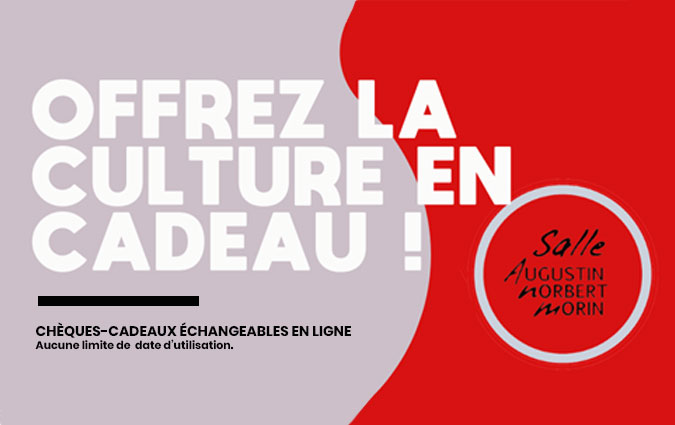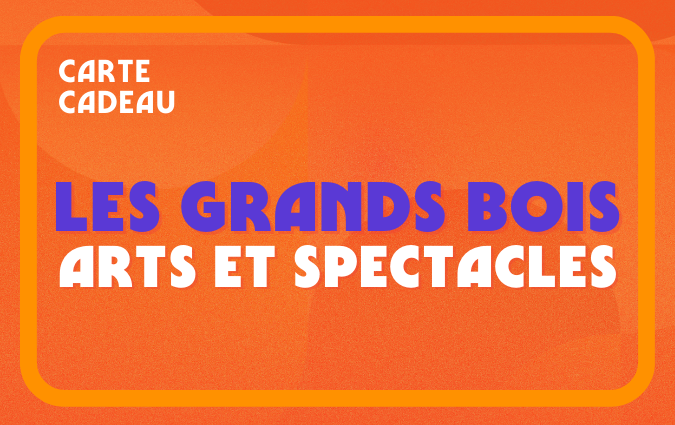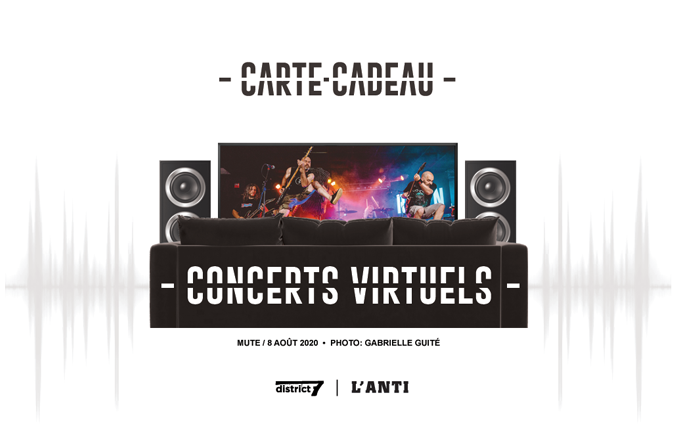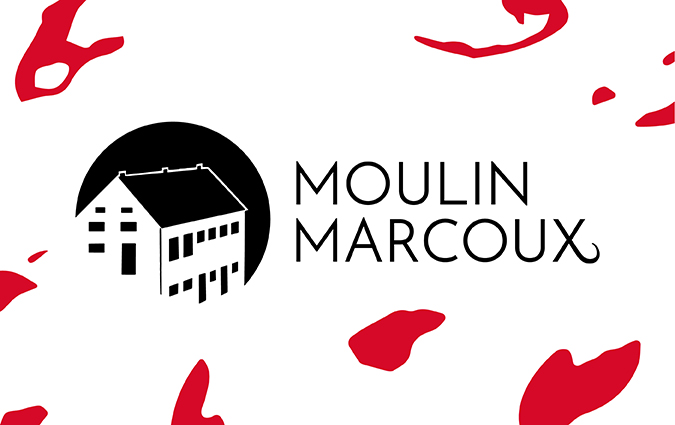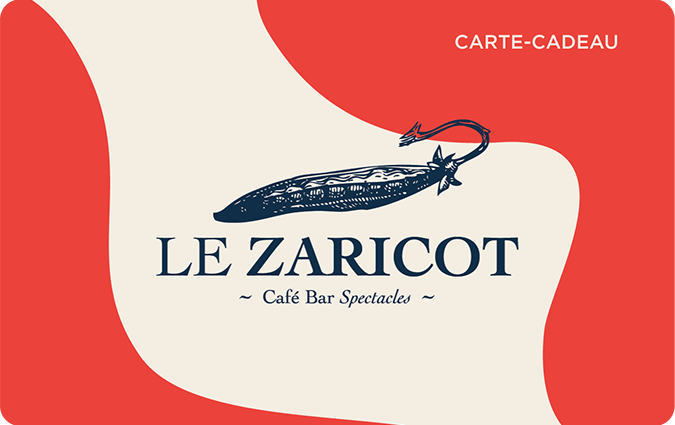
Orchestre national de jazz - Birth of the Cool | Live streaming from Place des Arts
Share this event
For more info about this event, please contact the event organizer, Orchestre national de jazz de Montréal, at jazzanima@gmail.com.
Buy Tickets
In 1947, Gil Evans and Gerry Mulligan lived in a Manhattan apartment where many musicians met, including Miles Davis, then a member of Charlie Parker's band. They played freely, discussed and tested certain concepts. Evans, Mulligan and Davis imagined reducing the big band by half to obtain a more contained sound in nonet, a balance between the powerful order of the big band and the unbridled adventure of bepop.
They gave themselves a palette evocative of the human voice by associating two by two instruments with compatible timbres, trumpet and alto saxophone for the top of the spectrum, trombone and horn in the middle, baritone saxophone and tuba for the bottom. The surprising absence of the jazz icon that is the tenor saxophone also allows the nonet to stand out. The rhythm section, double bass, piano and drums complete the ensemble.
The latter opened Count Basie's concert at the Royal Roost on Broadway in September 1948, performing many of the pieces he recorded during three now famous sessions held in January and April 1949, and again in March 1950. Of the 12 tracks he recorded, 11 appeared on the LP Birth of the Cool, which Capitol published in 1957 and which marked the history of jazz.
By linking artistic expression to a fine reading of his time, Miles Davis confirmed his constant quest for innovation and his vast contribution to contemporary music.
Faithful to its dual mission, the National Jazz Orchestra offers in the same concert the collaborative masterpiece at the origin of cool jazz and Alexandre Côté's Portraits d'ici, a series of compositions inspired by Quebecois, regional or urban stays. Conceived as a musical travel diary, the suite evokes memories of landscapes and encounters, the meticulous impressionistic work of a skillful sound landscape artist.
In both cases, the ONJ is adjusting its staff to best serve the works it presents.
Saxophones : Samuel Blais, Alexandre Côté, André Leroux
Trumpets : Bill Mahar, David Carbonneau
Trombone : Dave Grott
French horn : Laurence Latreille-Gagné
Tuba : Jean-Sébastien Vachon
Piano : Marianne Trudel
Contrebasse : Rémi-Jean LeBlanc
Drums : Kevin Warren
In 1947, Gil Evans and Gerry Mulligan lived in a Manhattan apartment where many musicians met, including Miles Davis, then a member of Charlie Parker's band. They played freely, discussed and tested certain concepts. Evans, Mulligan and Davis imagined reducing the big band by half to obtain a more contained sound in nonet, a balance between the powerful order of the big band and the unbridled adventure of bepop.
They gave themselves a palette evocative of the human voice by associating two by two instruments with compatible timbres, trumpet and alto saxophone for the top of the spectrum, trombone and horn in the middle, baritone saxophone and tuba for the bottom. The surprising absence of the jazz icon that is the tenor saxophone also allows the nonet to stand out. The rhythm section, double bass, piano and drums complete the ensemble.
The latter opened Count Basie's concert at the Royal Roost on Broadway in September 1948, performing many of the pieces he recorded during three now famous sessions held in January and April 1949, and again in March 1950. Of the 12 tracks he recorded, 11 appeared on the LP Birth of the Cool, which Capitol published in 1957 and which marked the history of jazz.
By linking artistic expression to a fine reading of his time, Miles Davis confirmed his constant quest for innovation and his vast contribution to contemporary music.
Faithful to its dual mission, the National Jazz Orchestra offers in the same concert the collaborative masterpiece at the origin of cool jazz and Alexandre Côté's Portraits d'ici, a series of compositions inspired by Quebecois, regional or urban stays. Conceived as a musical travel diary, the suite evokes memories of landscapes and encounters, the meticulous impressionistic work of a skillful sound landscape artist.
In both cases, the ONJ is adjusting its staff to best serve the works it presents.
Saxophones : Samuel Blais, Alexandre Côté, André Leroux
Trumpets : Bill Mahar, David Carbonneau
Trombone : Dave Grott
French horn : Laurence Latreille-Gagné
Tuba : Jean-Sébastien Vachon
Piano : Marianne Trudel
Contrebasse : Rémi-Jean LeBlanc
Drums : Kevin Warren


